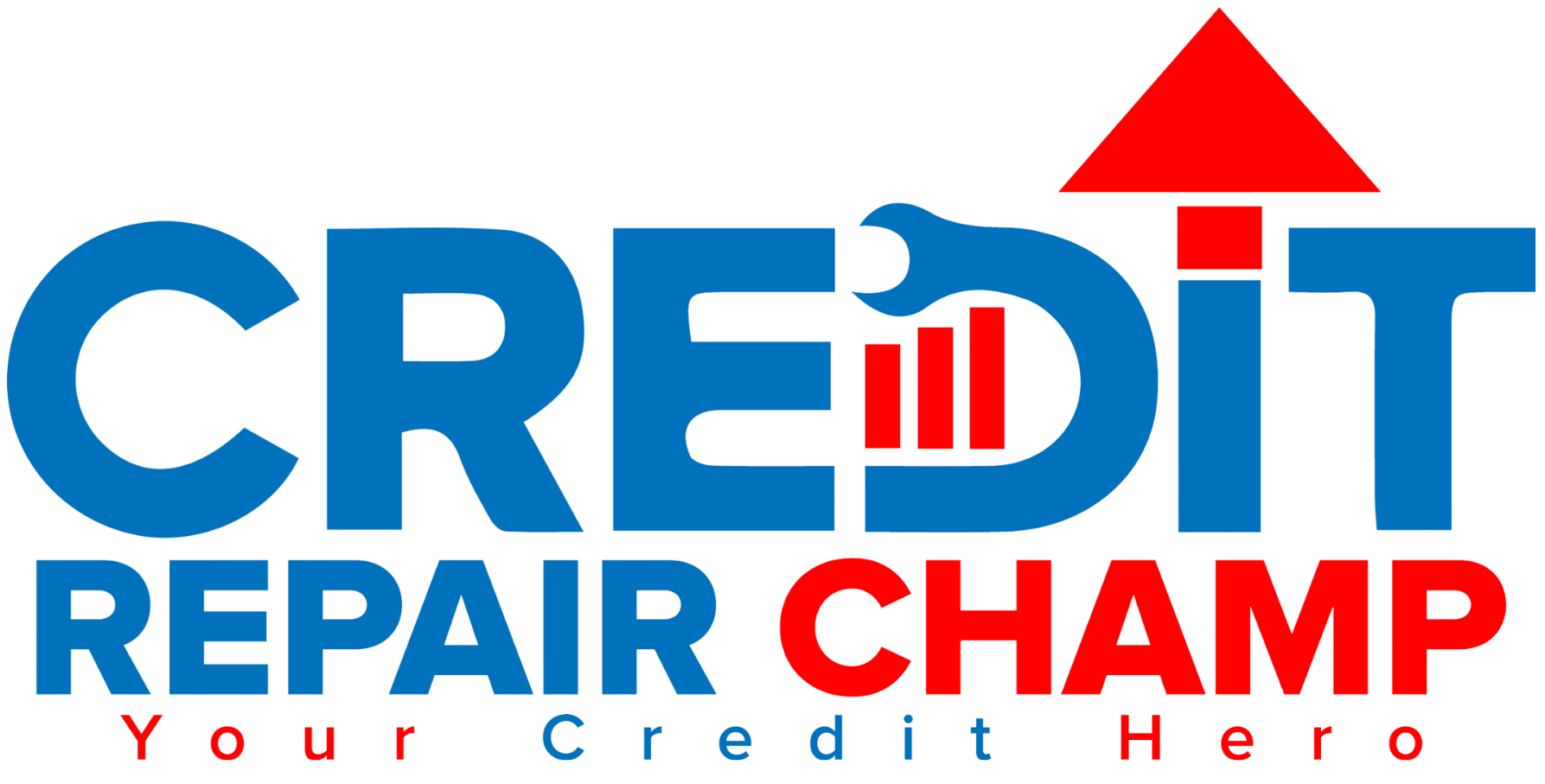Managing Credit Card Debt
Credit card debt is a common problem for many Americans. According to a recent study, the average credit card debt in the United States is over $6,000. If you’re struggling to manage your credit card debt, you’re not alone. In this blog post, we’ll provide you with tips for managing credit card debt and useful resources to help you get back on track.

Understand Your Debt
The first step in managing your credit card debt is understanding how much you owe and to whom. Gather your credit card statements and create a list of your debts, including the balance owed, interest rate, and minimum payment due. Knowing exactly how much you owe can help you develop a plan to pay off your debt.
Make a Budget
Creating a budget is an essential part of managing credit card debt. A budget will help you identify areas where you can cut back on expenses and free up money to put towards paying off your debt. Start by listing all your monthly expenses, including rent, utilities, groceries, and transportation. Then, compare your expenses to your income to see where you can cut back.
Pay More Than the Minimum Payment
One of the biggest mistakes you can make with credit card debt is only paying the minimum payment each month. Minimum payments are typically only 1-2% of your balance, which means it can take years to pay off your debt if you only make minimum payments. Instead, aim to pay more than the minimum payment each month, even if it’s just a little bit extra. This will help you pay off your debt faster and save money on interest.
Consider a Balance Transfer
If you have high-interest credit card debt, a balance transfer can be a useful tool for managing your debt. A balance transfer involves moving your debt from one credit card to another with a lower interest rate. This can help you save money on interest and pay off your debt faster. Just be sure to read the terms and conditions carefully, as some balance transfer offers may come with fees or a higher interest rate after the introductory period.
Seek Help If You Need It
If you’re struggling to manage your credit card debt, don’t be afraid to seek help. There are a variety of resources available to help you get back on track, including credit counseling services and debt management programs. These services can provide you with guidance on managing your debt and developing a plan to pay it off.
Conclusion
Managing credit card debt can be challenging, but it’s not impossible. By understanding your debt, creating a budget, paying more than the minimum payment, considering a balance transfer, and seeking help if you need it, you can take control of your debt and improve your financial situation.


